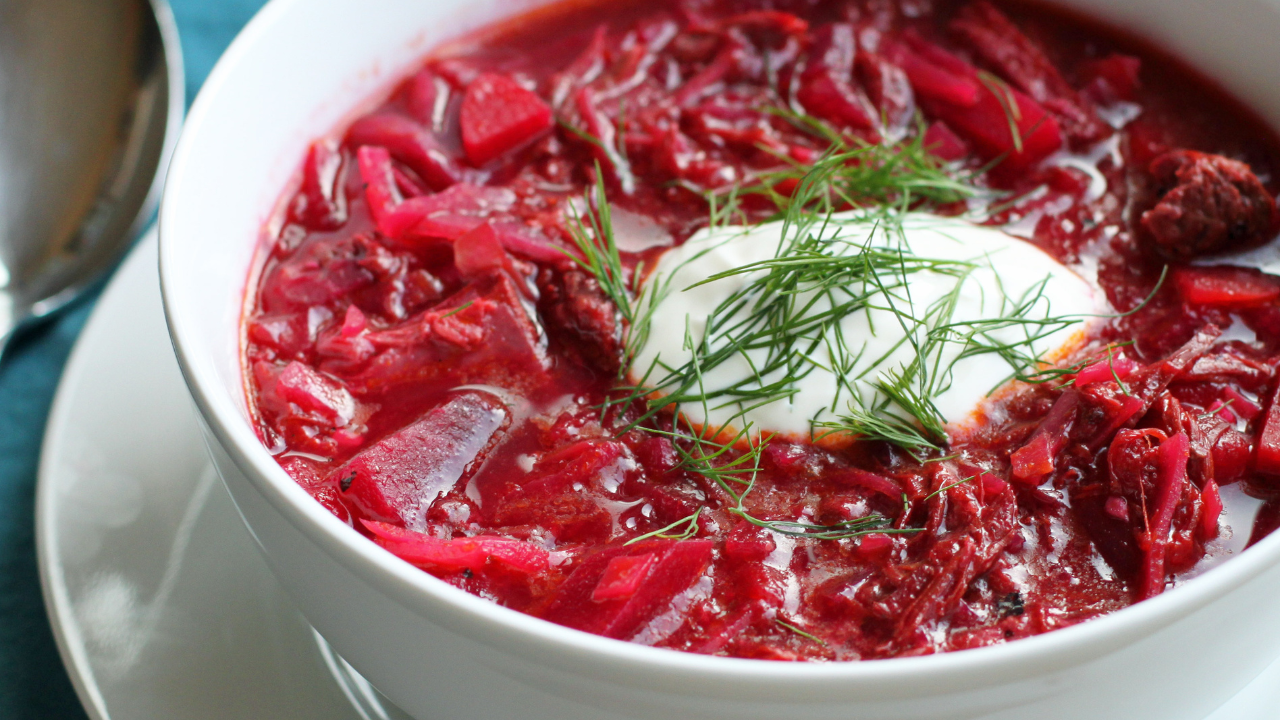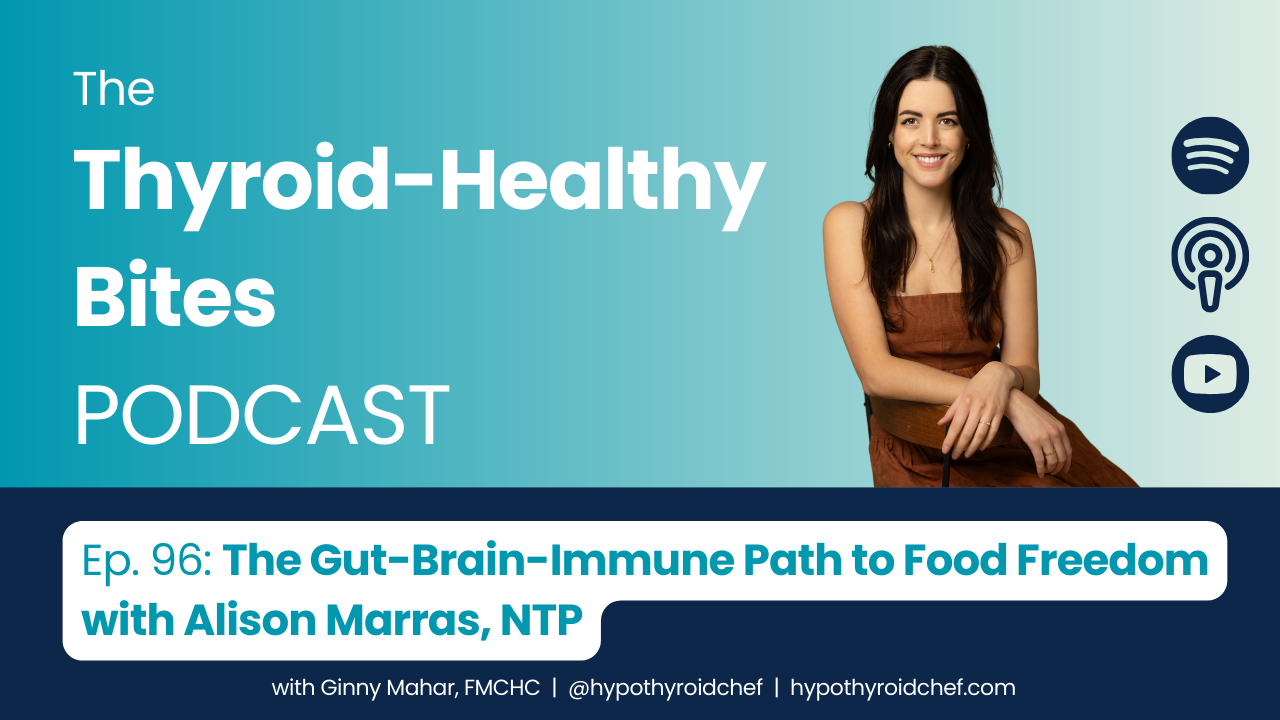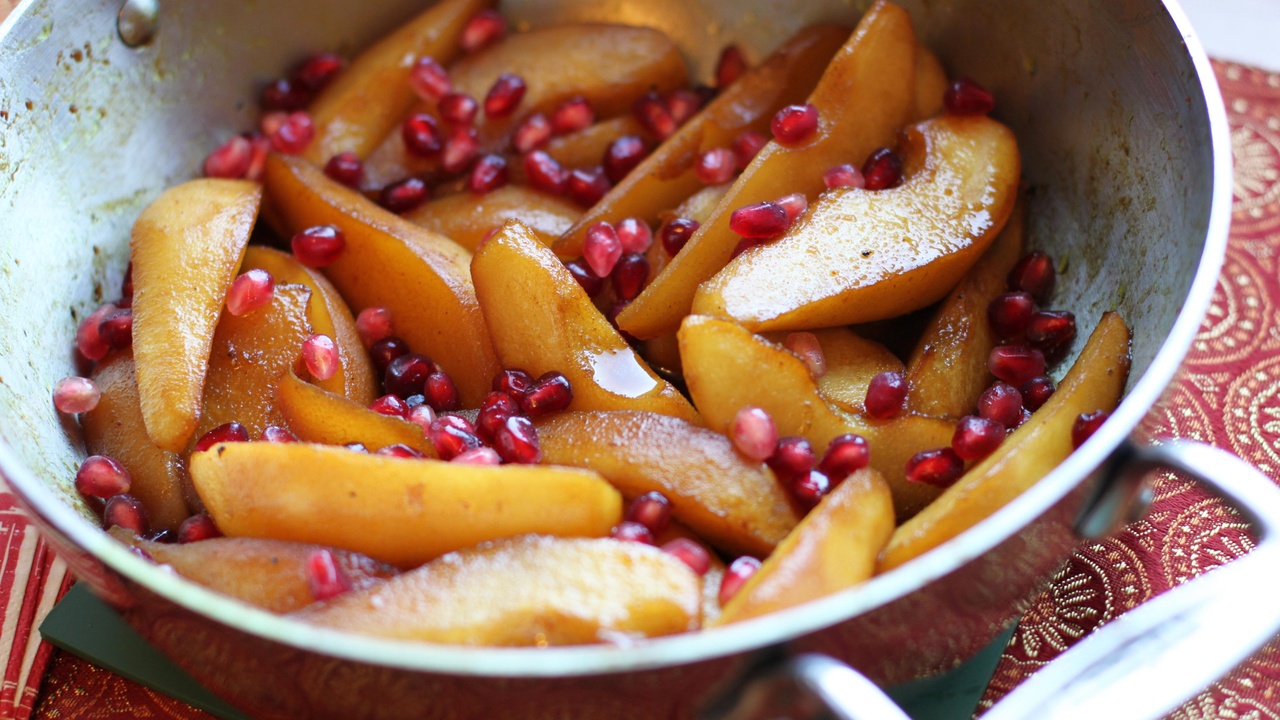Beef Borscht

This Beef Borscht, with tender chunks of beef and loads of veggies bathing in a rich jewel-toned broth, makes for a hearty and healing meal. The secret to making this soup extra sumptuous is a rich beef bone broth. The sweetness of the beets is perfectly balanced by the savory hunks of beef and beef broth and then brought to life with a splash of vinegar and a secret pinch of caraway seeds.
This Beef Borscht happens to be gluten-free, dairy-free, Paleo, and low-carb. It also freezes beautifully, so feel free to squirrel away those leftovers for a day when you don't feel like cooking. As far as thyroid-supportive nutrition goes, it doesn't get much better than this ruby red bowl loaded with gut-healing bone broth, detoxifying beets, and several key thyroid-supporting nutrients found in grass-fed beef. Scroll down to the Thyroid Healthy Recipe Highlights to learn more.
Full disclosure: Some of the links in this post may be affiliate links. As an Amazon Associate, I earn from qualifying purchases. Purchasing a product using one of these links will support my work at no additional cost to you. Please know that I only recommend products I wholeheartedly stand by.
Chef's Notes
This Beef Borscht recipe is adapted from The Joy of Cooking, and has been part of my regular cold-weather repertoire since my sister made a pot of this for us on a dark and drizzly Seattle evening at least 15 years ago. Her house at the time was nearly a century old, and the damp chill seeped through the drafty old windows and walls. There’s a good chance we were wearing our knit winter hats and feeding logs into her little wood-burning stove while she cooked this up. This recipe does take some time to prepare and is best reserved for your weekend cooking adventures— but also worth the wait.
I distinctly remember that sister meal as the first moment I really noticed, and fell in love with, beets. I was dazzled by their color and the way their earthy sweetness was complemented by the meaty stew beef and its rich broth. Topped with fresh snippets of dill and a tangy dollop of sour cream, this healthy and hearty bowl won me over.
Today, I’ve got so many notes scribbled in my well-worn copy of Joy of Cooking, that I decided it was time to put my own thumbprint on this beloved borscht recipe and pass it along to you. It’s one of the few recipes that have bridged the divide between my “before Hashimoto’s” recipe collection and my “after Hashimoto’s” collection. It took just a few substitutions to make it gluten- and dairy-free, with no sacrifice in deliciousness.
On the contrary, I feel like this recipe rendition is less overwhelmingly sweet and tomatoey than the J of C version — a true celebration of the humble beet. A hint of caraway adds just the right Eastern European bass note.
I used this dairy-free sour cream alternative if you’re wondering about that big, white dollop in the photo. Kite Hill makes some darn fine plant-based versions of things like cream cheese and sour cream using almond and coconut. While I try not to make these processed products a staple in my diet, I appreciate and utilize them to help salvage some beloved recipes and not feel quite so deprived.
Happiness matters on your healing journey, Thyroid Thriver. And sometimes that can look like a dollop of dairy-free sour cream on your borscht. As always, do what works for you and your current dietary needs, and know that the dairy-free sour cream topping is optional.
Are Beets a Thyroid Healthy Food?
Absotively, posolutely, YES. This high-antioxidant, ruby red root vegetable is packed with detoxifying nutrients that help the liver do its best work. One significant component of the beet is betaine, which helps the liver cells eliminate toxins. Also present in beets are betalains, which provide protection against cell oxidation and encourage detoxification.
Lastly, beets contain pectin (a fiber that clears toxins from the body once they’ve been removed from the liver, so they don’t get reabsorbed).
Beets are versatile and tasty and can be eaten cooked or raw. Add them to soups (like this one) or salads, juices, or smoothies. They can be pickled in summer or roasted in winter. You can even make healthy baked chips with them!
Check out this recipe for Beet Chips with DF Arugula Lemon Pesto.
Making the Broth for this Borscht
The broth is the boss in this soup, and while a box of beef broth will do in a pinch, or if you're short on time, I highly recommend taking the longer, slower, richer, and more nourishing route of using beef bone broth. While there are decent brands of boxed beef bone broth out there, making your own is ideal. And if you're going to make your own, here are some chef secrets for making it the most ideal...
Some tips if you are preparing your own broth for this soup:
- If you can find it, gelatin-rich oxtail makes the best version of this borscht and can be used to prepare the needed stock. Simply prepare bone broth using oxtail and remove the pieces of oxtail from the stock once the meat is tender and starting to fall apart (after about 2 hours). Let cool, and separate the meat from the remaining bone and connective tissue. Set the meat aside for the soup, return everything else to the stockpot, and continue simmering your bone broth. I typically shoot for a 24-hour simmer on my bone broth. You can read more about my bone broth technique here.
- If you can’t find oxtail, beef short ribs are another good, economical option if you’re looking to prepare the stock yourself and want to repurpose the simmered meat for the soup. Either option, when used to make bone broth, will render a substantial amount of fat and will need to be skimmed before adding to the borscht.
- If you already have bone broth on hand and just need some stewing beef, chuck roast is the recommended option.
- In any of these case scenarios, grass-fed beef is the ideal choice for anti-inflammatory cooking.
Further Reading: Beef: Is it Thyroid-healthy?
Thyroid Healthy Recipe Highlights:
- Beets: If you want to love your liver, beet it. Not literally, but give it some beetroot on the regular. Betaine, an amino acid found in beets, can help reduce the accumulation of fat in the liver and may also increase the amount of detoxifying enzymes found in your bloodstream. Beets are also a good source of dietary fiber which can help relieve the constipation associated with hypothyroidism.
- Grass-fed (a.k.a. grass-finished) beef has a far different and superior nutrient profile than industrially raised, grain-finished beef and is highly beneficial to thyroid health. It contains up to five times more Omega-3s than conventionally raised beef, which can help reduce inflammation in the body, as well as boost immunity. It can also have more than twice the amount of Vitamin E (a powerful antioxidant) and twice as much CLA as grain-fed beef (a fatty acid associated with reducing body fat).
- Bone broth is one of the most highly recommended foods for anyone suffering from an autoimmune disease. The collagen and glycine can help repair cell damage in the intestinal tract. It also supports hair, skin, and nail health, as well as our body's detox pathways.
- Cabbage is an exceptionally nutrient-dense food with a low caloric price tag of just 22 per cup. Packed with antioxidants like vitamin C, phytonutrients, and fiber, cabbage can help lower chronic inflammation, protect the immune system, boost collagen production, support gut health, and improve digestion.
- Carrots: 1 cup of carrots contains 3.6 grams of fiber, which can help relieve constipation, sometimes caused by hypothyroidism. They are also low in calories and a good choice for weight loss. 1 cup of carrots provides 428% DV of Vitamin A.
- Extra Virgin Olive Oil is considered one of the world’s healthiest fats. Some of its many scientifically-proven health benefits include anti-inflammatory properties, high antioxidants, and reduced risk of cancer, Alzheimer’s, and heart disease. According to Dr. Sarah Ballantyne, extra virgin olive oil is safer for high-heat cooking than previously thought due to its high content of antioxidants.
Happy cooking, happy thriving, and enjoy the recipe (below)!

P.S. Need more thyroid-friendly recipe inspiration? I’ve got you covered. My Thyroid-friendly Everyday eCookbook features over 50 quick and easy, thyroid-friendly recipes your whole family will love. To take a peek at what’s inside, CLICK HERE.
More Thyroid Healthy Soup Recipes:
- Red Lentil Rainbow Soup
- Chilled Avocado Soup
- Italian Sausage Minestrone
- Turkey Albondigas Soup
- Hoppin' John Soup
- Creamy Carrot Coconut Soup
- Zucchini Basil Breakfast Soup
- Thai Chicken Soup
- Split Pea Soup with Smoked Ham
- Tomato, Sausage, and Fennel Soup
- Lamb Stew with Mushrooms and Red Wine
Subscribe to my free newsletter for fresh recipes & lifestyle tips, delivered weekly, and receive a free gift!
By submitting this form, you agree to receive ongoing updates from Hypothyroid Chef










